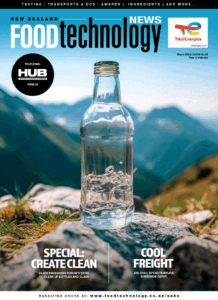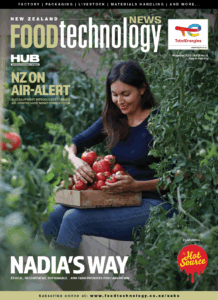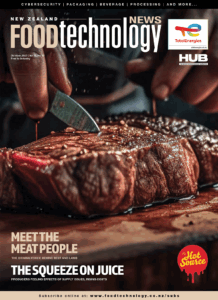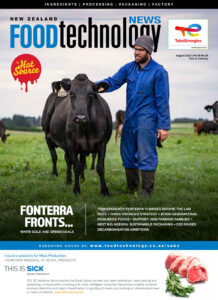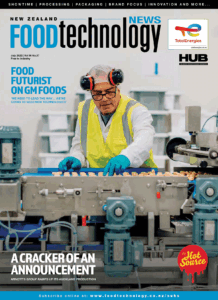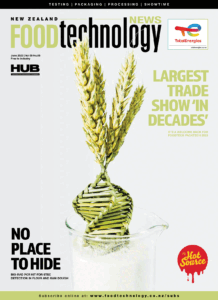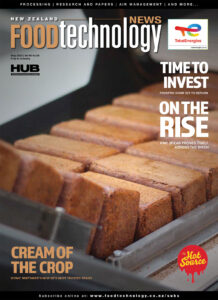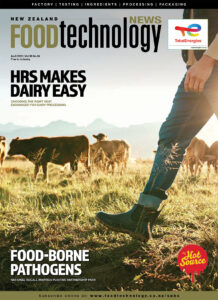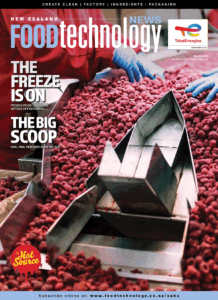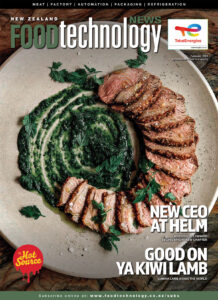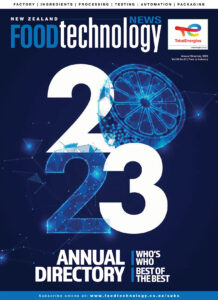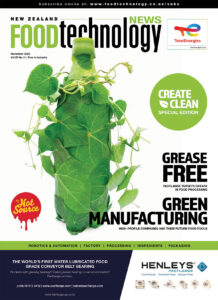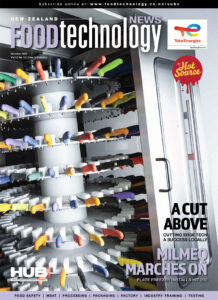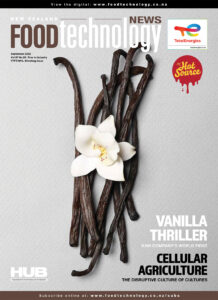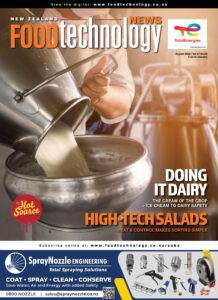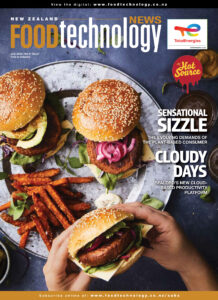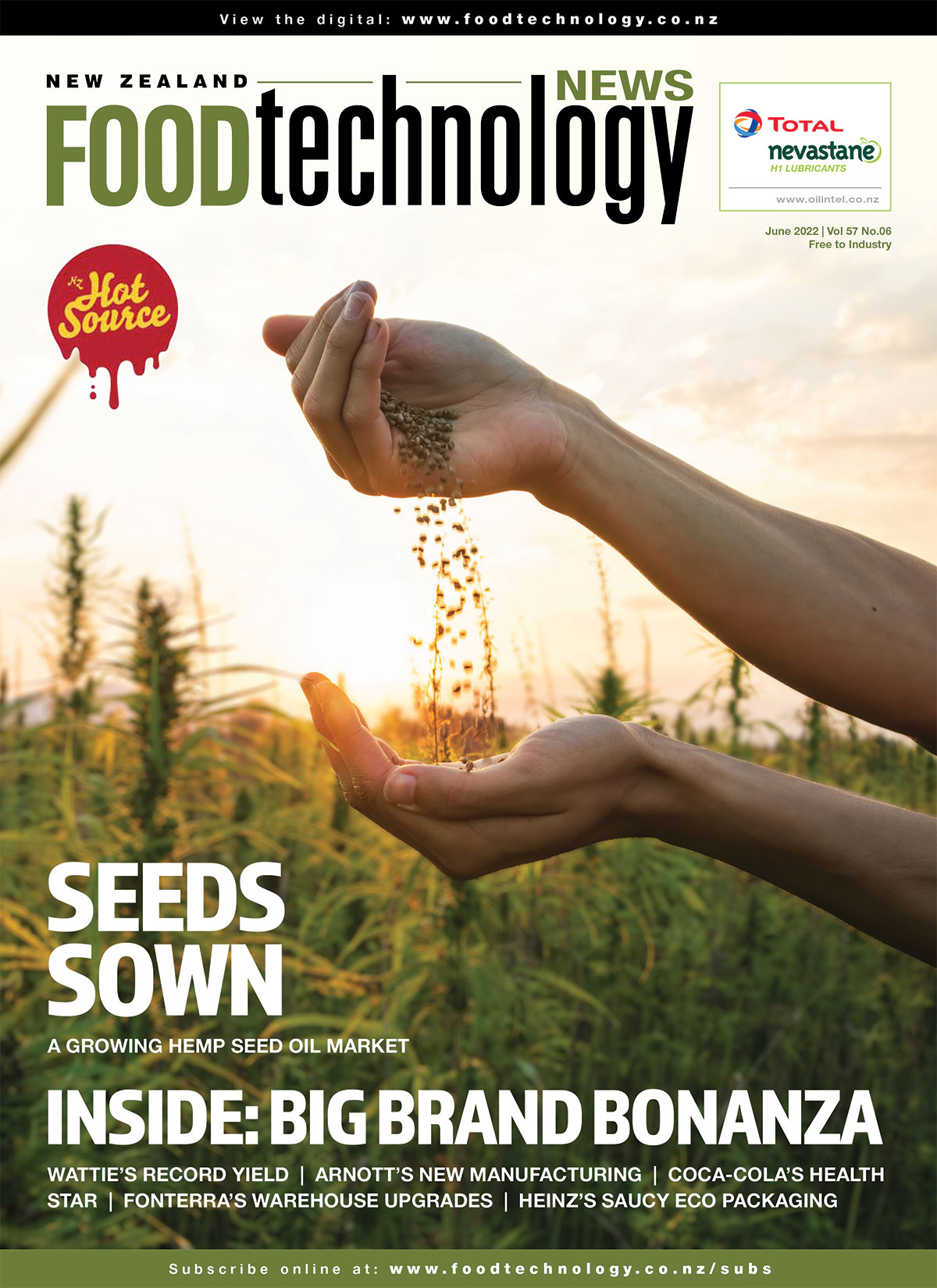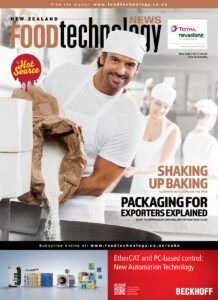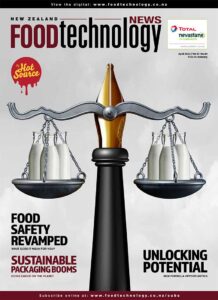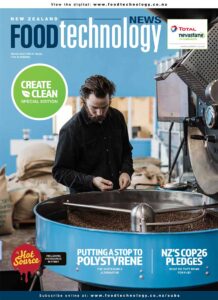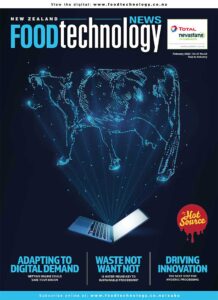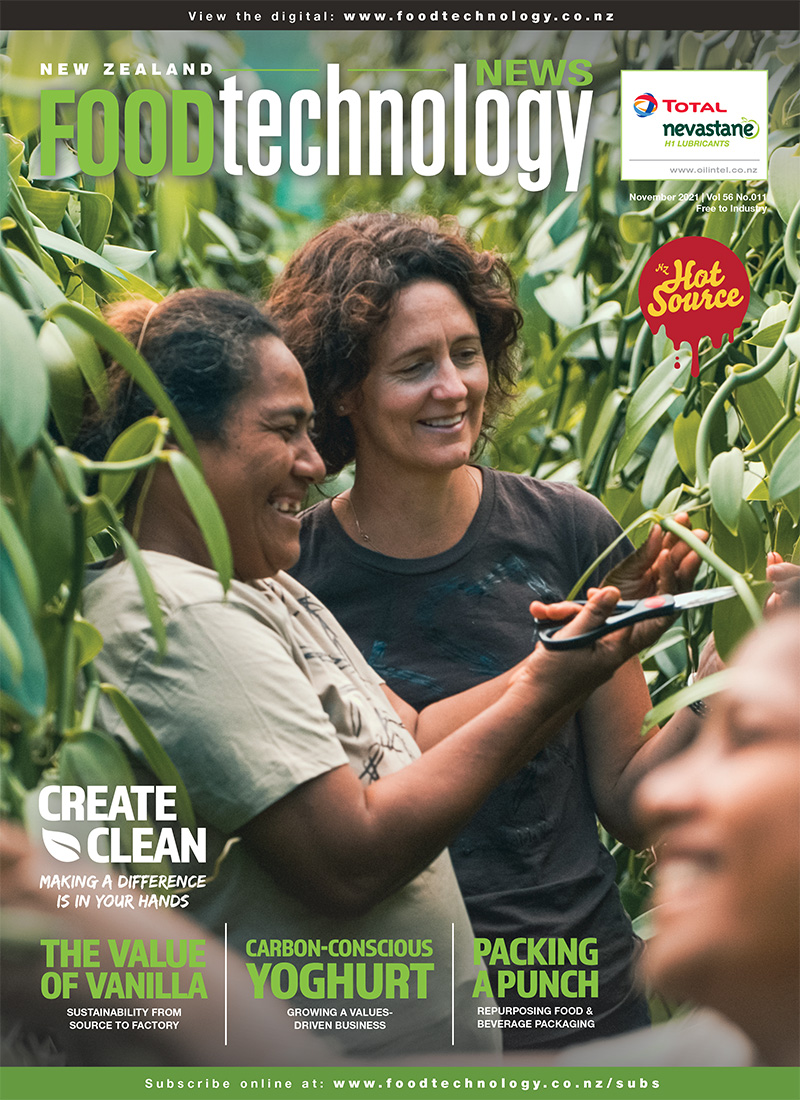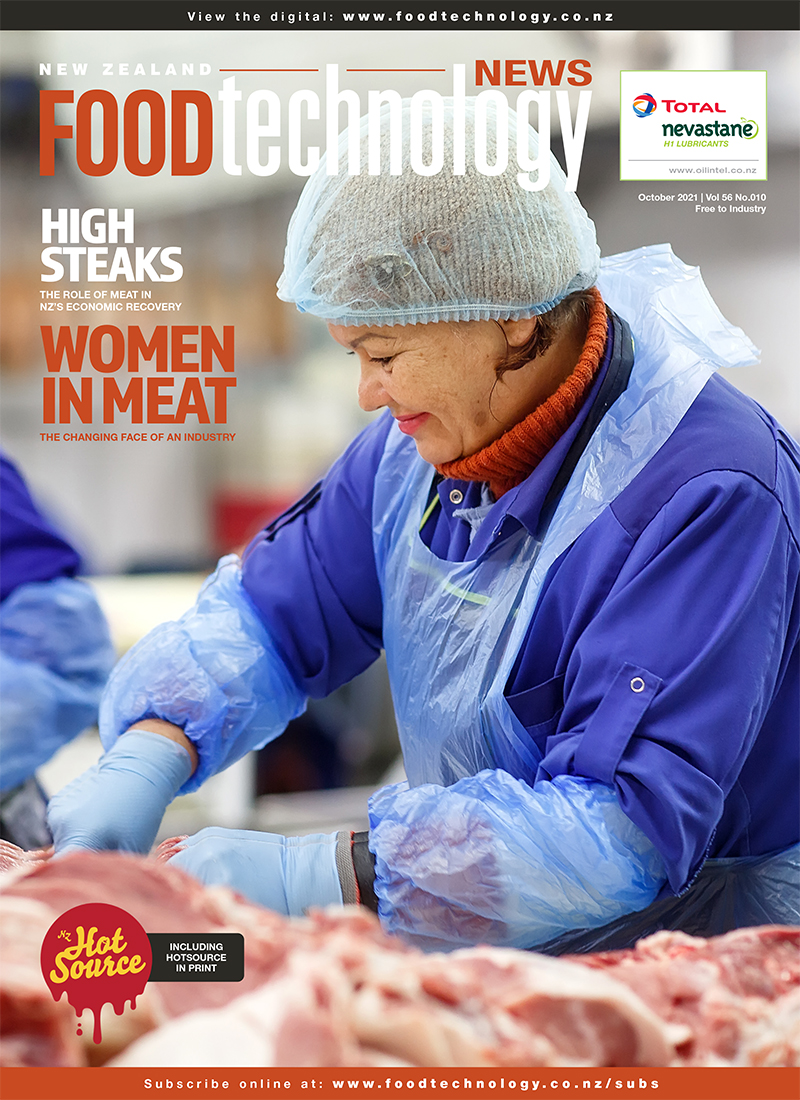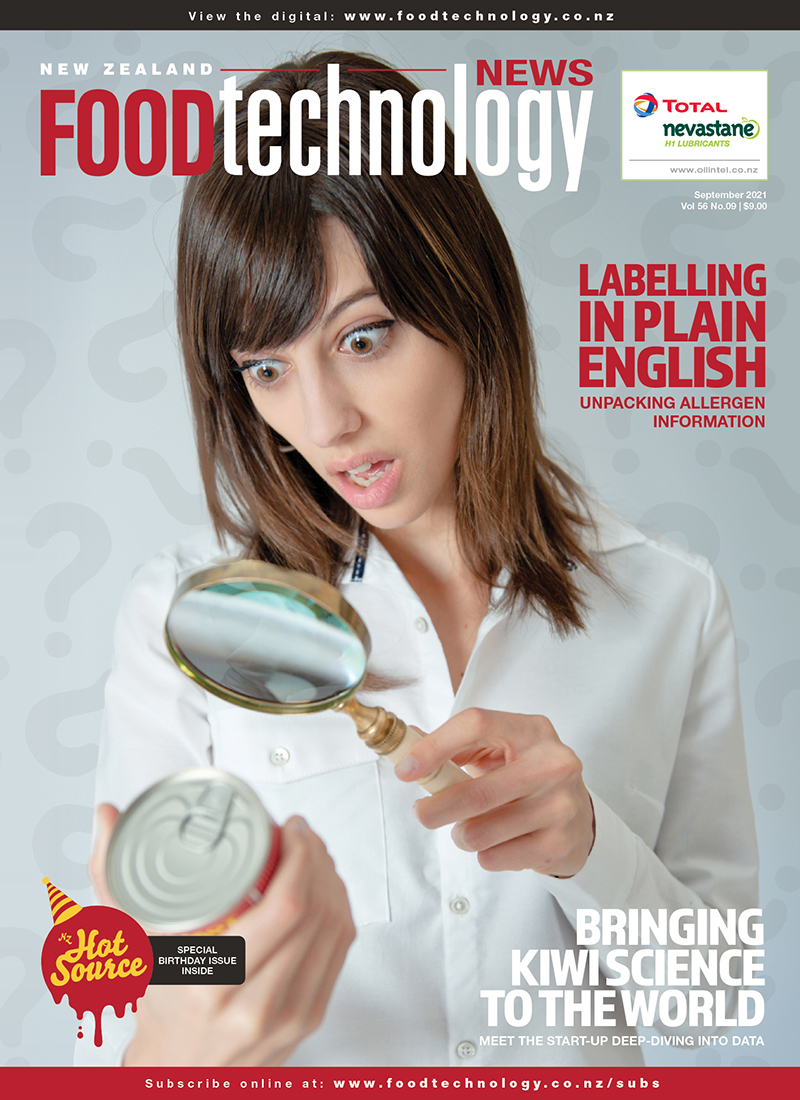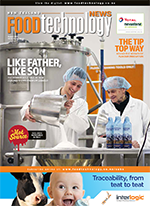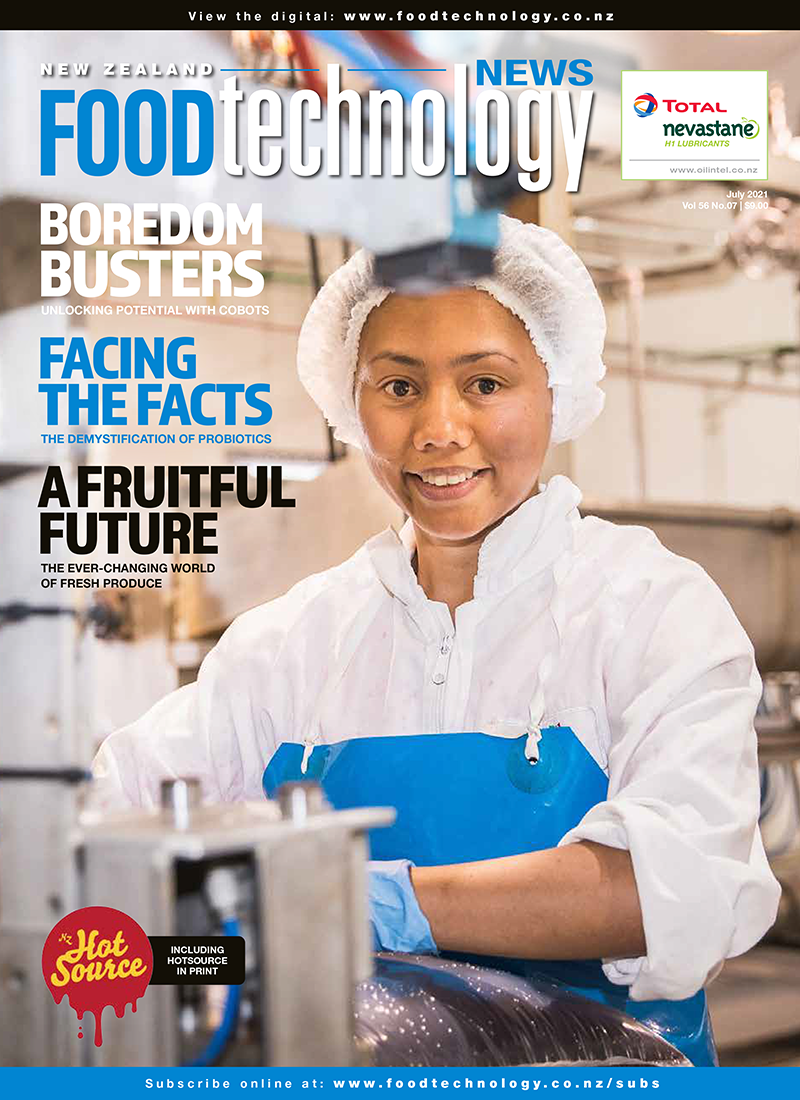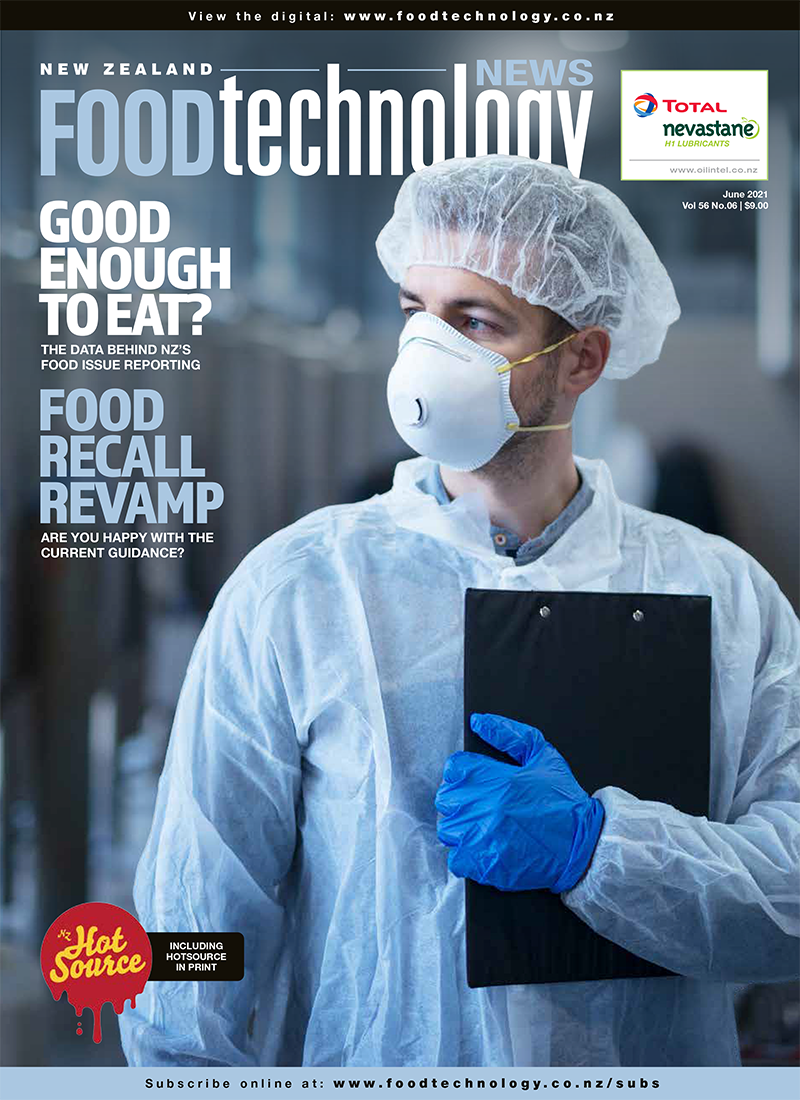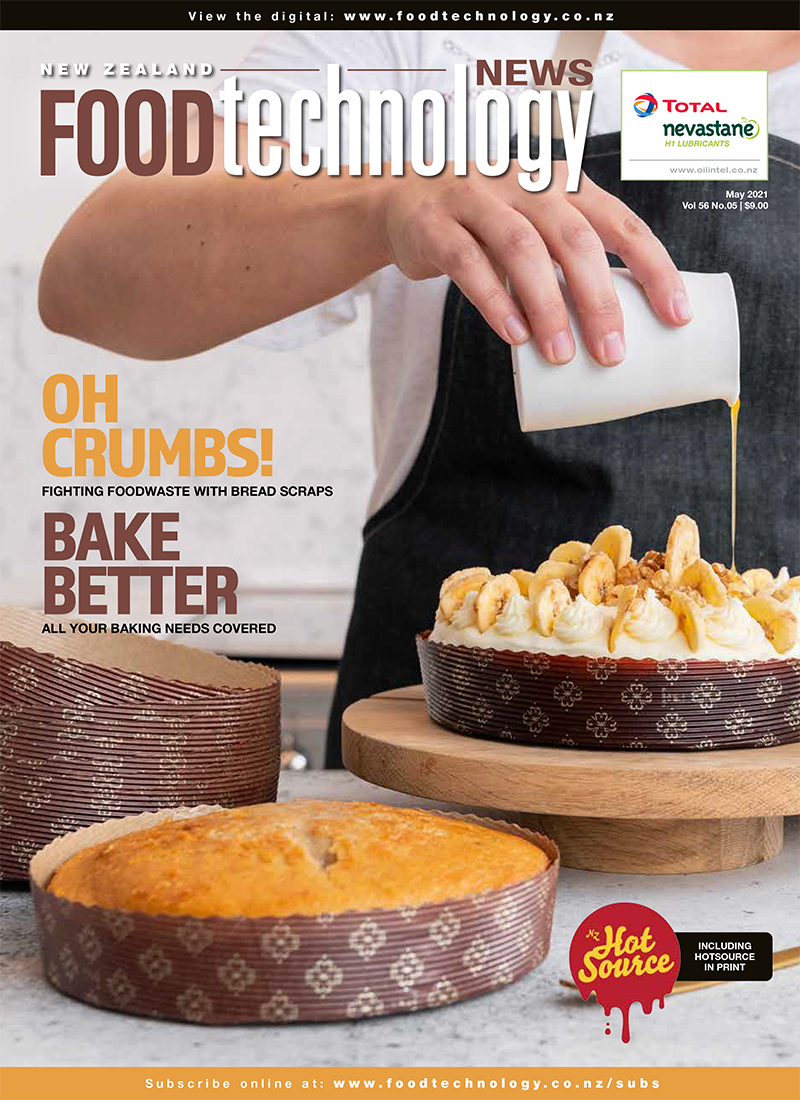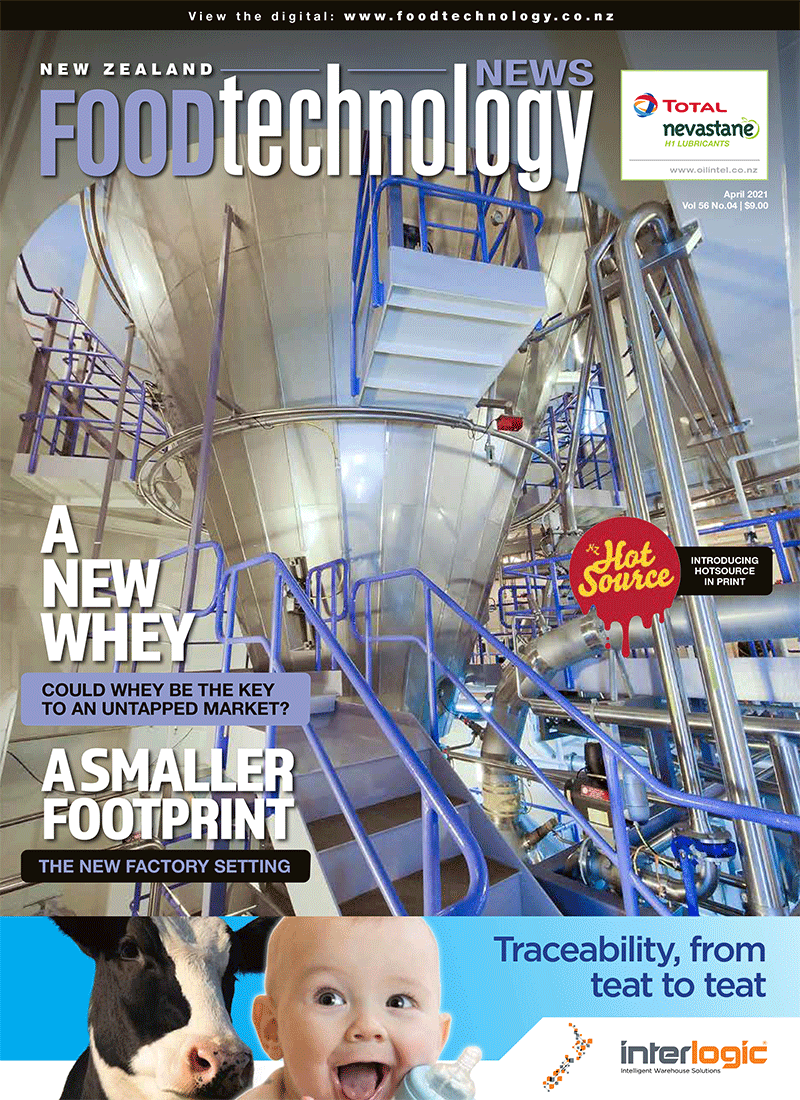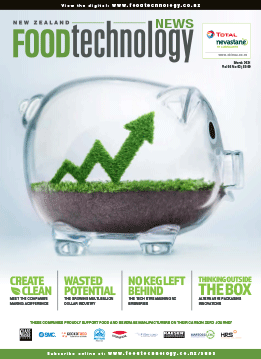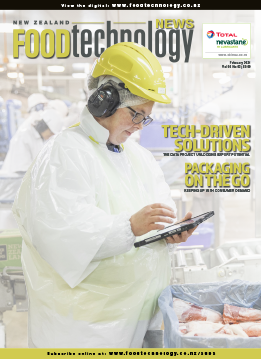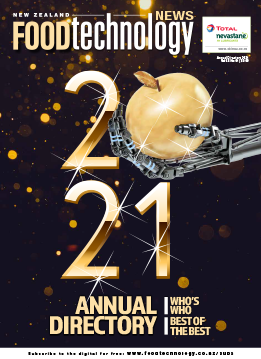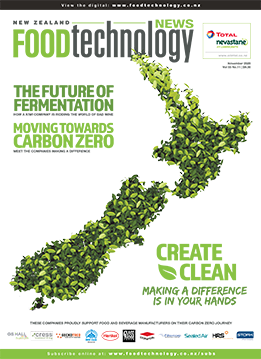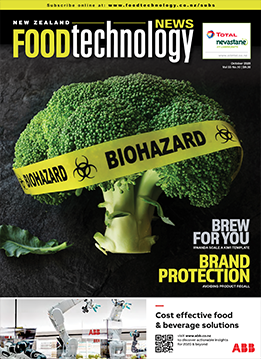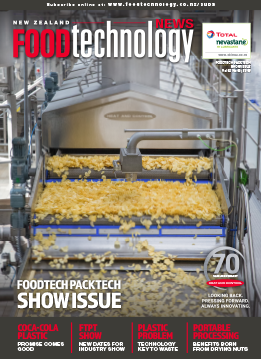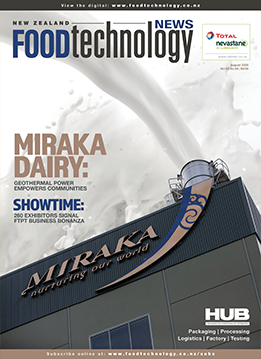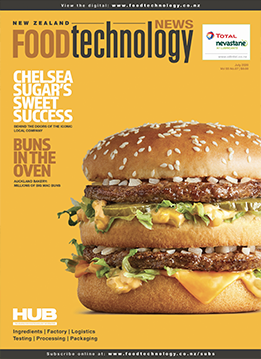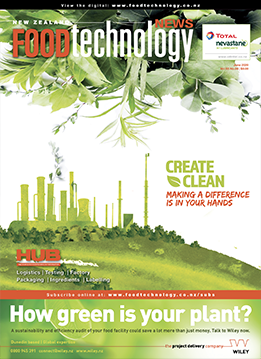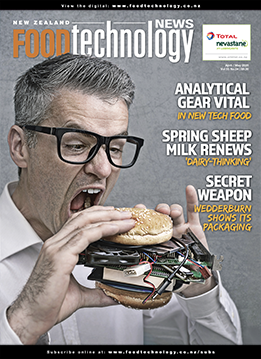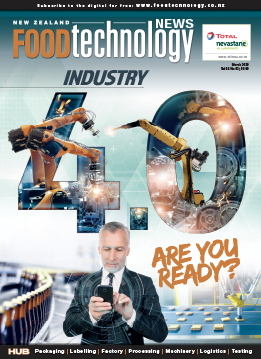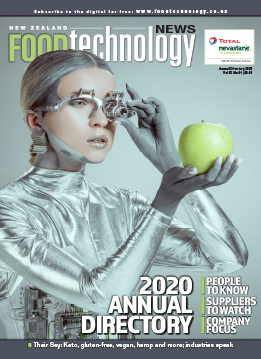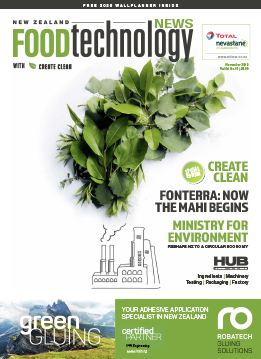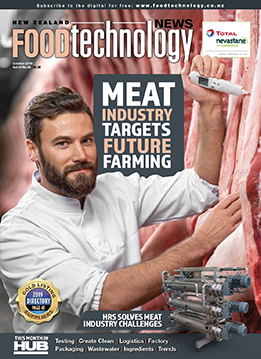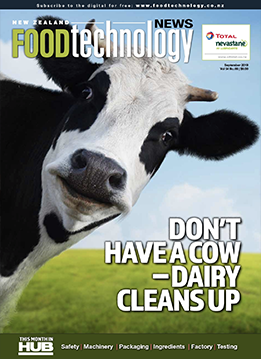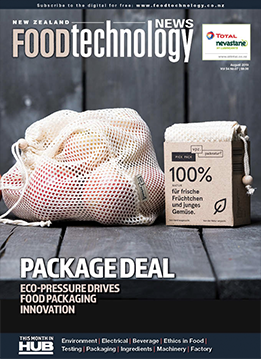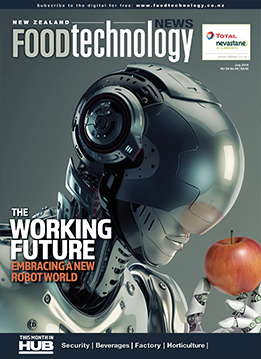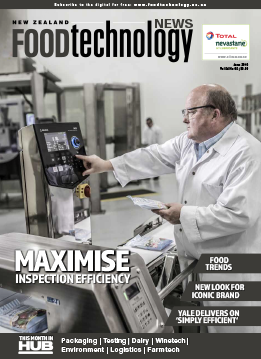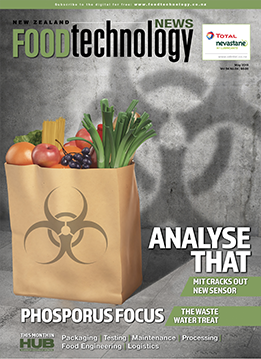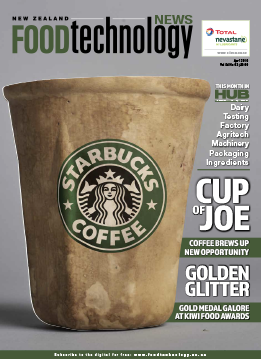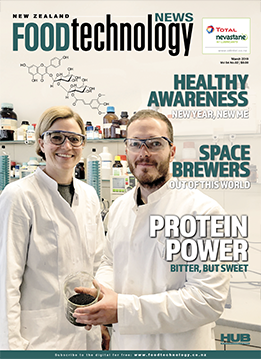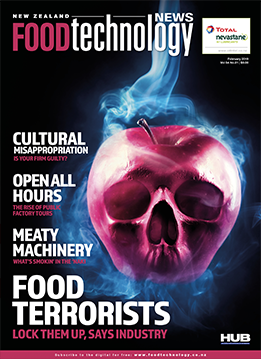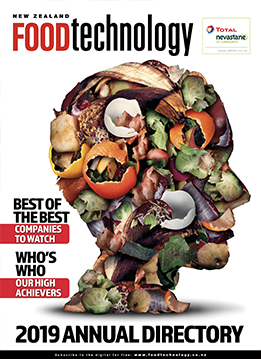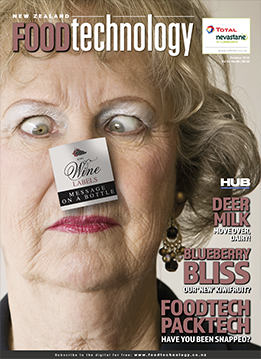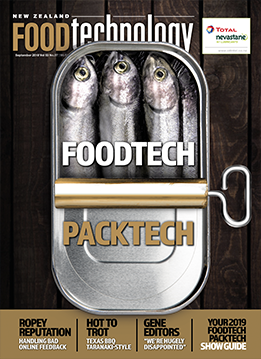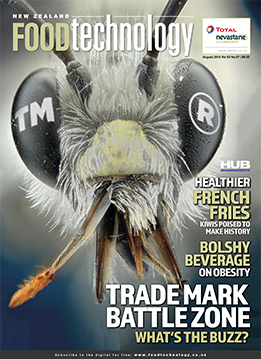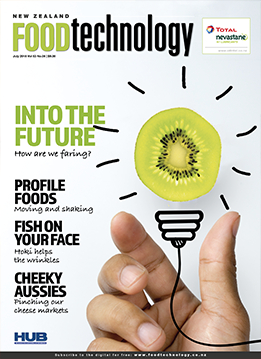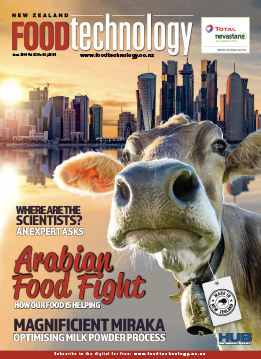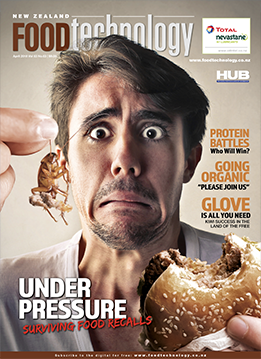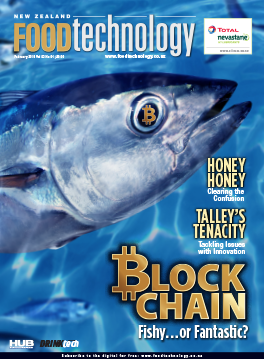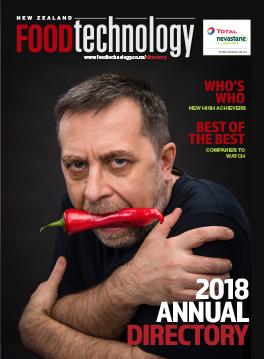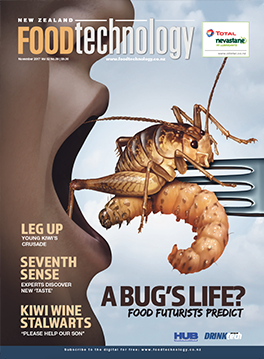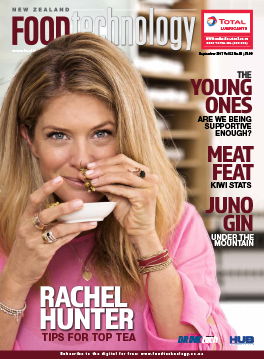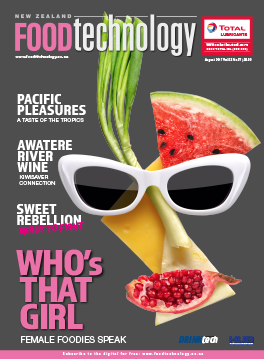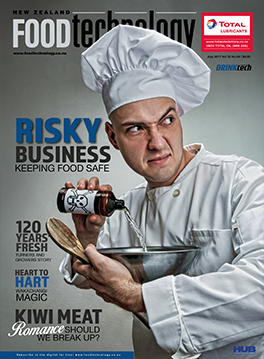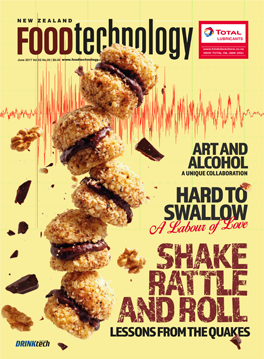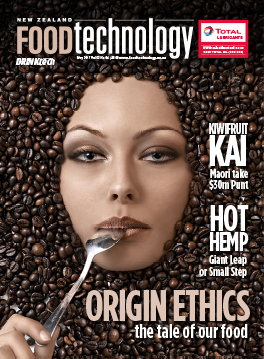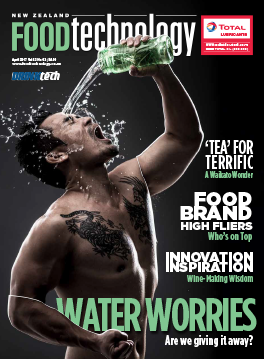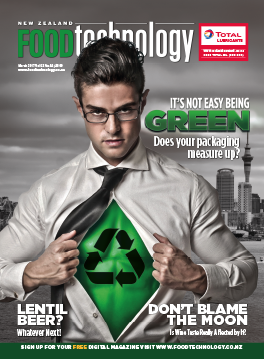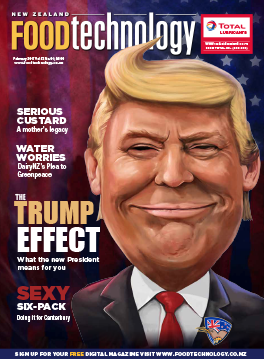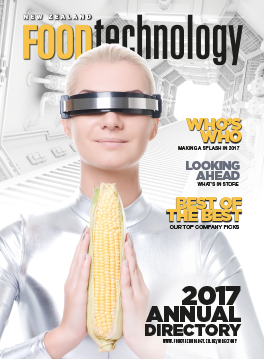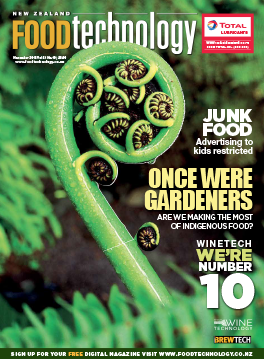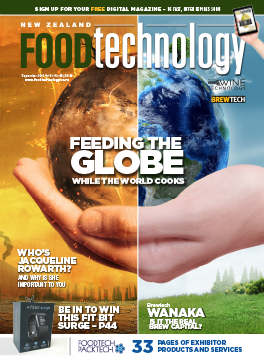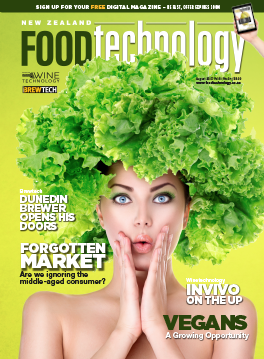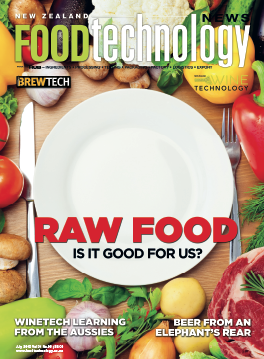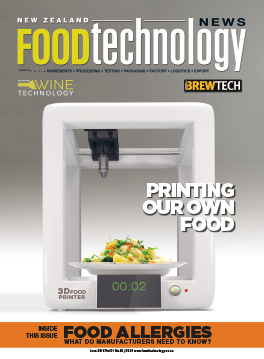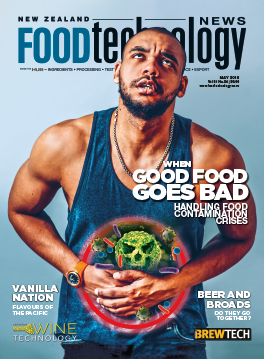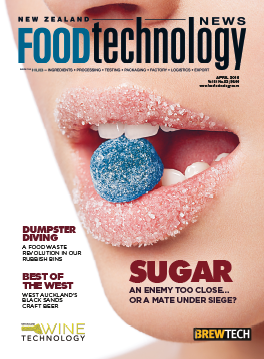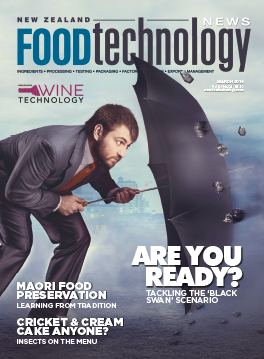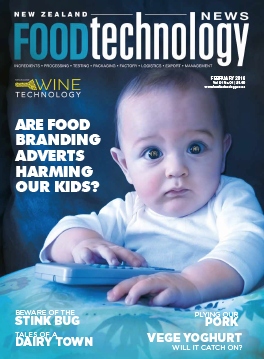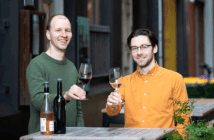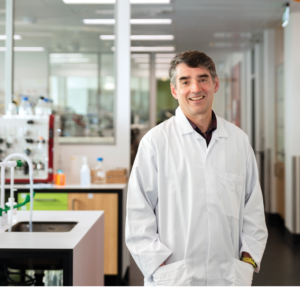
Dr Andrew Kralicek, team leader of the molecular sensing team at Plant & Food Research
From detecting flavour profiles in brews and stowaway insects in food shipments, to sniffing out decaying meat, artificial olfactory systems are changing the game of food and beverage testing.
They sound novel, but the term electronic nose (e-nose) was coined in 1988 and is defined as “an instrument which comprises an array of electronic chemical sensors with partial specificity and appropriate pattern recognition system, capable of recognising simple or complex odours.”
Jump forward to today, and advances in materials, sensors and machine learning technologies have meant that a rising number of innovations in e-nose instruments have been seen in recent years. Across the globe, the technology is being used to sniff out the quality of food and beverage, and identify foods that have passed their best-before dates.
Application of artificial olfactory systems in the food and beverage industry is estimated to witness significant growth over the next couple of years. According to Radiant Insights, the digital scent technology market is expected to achieve NZ$221 million over the next two years, with a CAGR of 18.15% during 2017 and 2022.
In New Zealand, Dr Andrew Kralicek, team leader of the molecular sensing team at Plant & Food Research, has been developing his e-nose/e-tongue technology for nearly two decades. Now a spin-out company has been launched with the product.
“It’s pretty exciting,” says Kralicek. “It’s been a long road, a 19-year journey to get to this point.”
Initially, the start-up will focus on the food and beverage sector – in particular, flavours.
Affordable and compact, the device has been designed for easy use on the factory floor and can detect tiny concentrations of volatile organic compounds.
Harnessing insects’ sense of smell, Kralicek has developed the device with 45 odorant receptors that are the same as those of a fly.
“When the receptors are on a device, we believe we can replicate what the insect does. The beauty of an insect – the fly – is it uses just 45 sensors to detect thousands of different kinds of compounds. We know that if we put on a chip those same 45 receptors, we are confident that we’ll be able to detect the same kinds of volatile organic chemical classes as a fly detects.”
Kralicek says that the way insects recognise a scent is through memory.
“It’s like me walking down to a café and smelling in the air some bacon. As soon as you smell fried bacon, you know it’s fried bacon. How do you know that? Because of memory – it’s a smell print or a taste print in your brain that tells you ‘that’s bacon coming from that café and I’m hungry’. It’s the same thing with a fly.”
But smelling bacon at a café isn’t what the device’s purpose will be. Instead, it will first be used for quality control in flavourings.
“The first market we’re looking at is the flavour space in terms of providing a real-time, portable tool that can be used for quality control analysis of raw materials coming into a flavour house and product going out to their customers.”
Flavour houses will be able to use the analytical equipment to generate a taste print of their products.
“Is the product identical to your gold standard, or is there a variation?” says Kralicek.
Usually this variation to picked up through a taste panel. However, this can cost companies valuable time and money.
“Taste panels are problematic because they cost a lot and you need to constantly re-train these panels because they suffer drift – they forget how to smell things so they need to be re-trained again and again.”
Another downside of a taste panel, says Kralicek, is that they are subjective.
“We can sense the smell of something or the taste of something, and we know it’s right, but in order to describe that – to be able to correlate one taste panel to another taste panel – it’s actually quite limiting because there’s only a few descriptors they can use.
“We’re turning subjective into objective. A taste panel is a subjective measure and we’re doing an objective measure using these receptors which will never change – it’s going to be captured electronically.
“The chip is meant to make things faster and cheaper for the industry to do its quality control,” Kralicek says.
“That’s the goal.”







